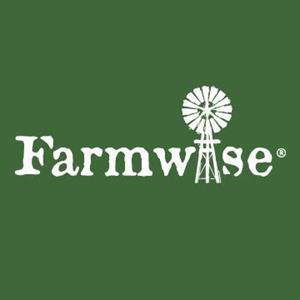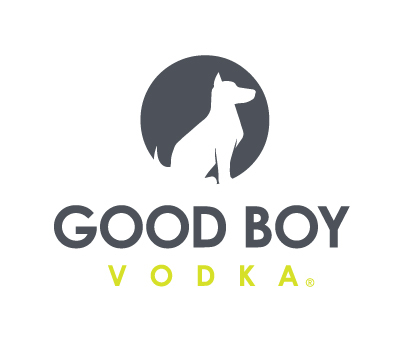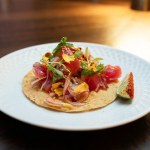B&G: Cooking, Flour & Cauliflower Boost Consumption

As consumers cook at home more, the shift is powering CPG company B&G Foods — and fueling its pipeline of plant-based innovations. In its first quarter earnings call this week, the company reported strong net sales growth and further plans for frozen food brand Farmwise, which it acquired in February.
A “significant increase in consumption” was seen from mid-March through now, president and CEO Kenneth Romanzi said. The company’s net sales increased $36.7 million (8.9%) year-over-year to $449.4 million from $412.7 million in 2019, with much of the growth attributed to flour brand Clabber Girl, which B&G acquired last May. As consumers stocked up on baking ingredients during the pandemic, Clabber Girl alone generated $18.7 million.
B&G’s net income increased 67.3% to $28.1 million with the uptick in home cooking during the quarter. Despite the upswing, B&G maintained a 95% order fulfillment rate throughout March, he noted.
“While [the surge] has declined with continued increased demand, our service rates have declined to just below 90% in April,” he said. “We’re pleased we’re doing our part to keep the nation’s food supply chain strong.”
B&G will make further investments in support of its e-commerce business, Romanzi said. Although that segment is currently under 1% of the company’s business, it needs to “catch up” to competitors, he said, and will focus on improving its digital imaging, content and product data, as well as developing e-commerce-friendly packaging and better data compliance. It will also create an e-commerce shopper marketing program with branded store banner ads, social media links and SEO optimization.
To further support its staff during the pandemic, B&G has rewarded manufacturing employees with $2 hourly wage increases from March 30 through at least May 22, Romanzi noted, while supervisors and managers are each eligible to receive bonuses of up to $500.
However, the company did feel the impact of foodservice slowing down: syrup brand Maple Grove Farms lagged, but spices and seasonings suffered the most from closures, Romanzi explained.
“This is the one significant area of our portfolio where we have seen a negative drag on performance,” he said. “And not surprisingly, net sales were down $12.9 million or 15%.”

Beyond the pandemic, B&G sees a bright future in veggies —with particular promise in cauliflower. Last fall, the company debuted a cauliflower-based line of frozen pizza crusts, breadsticks, gnocchi, hash browns and rices under the Green Giant brand, all of which are performing “very well” at an average ACV of 40%, Romanzi said. The riced vegetables, in particular, are expected to reach 30% ACV by the end of 2020, despite category reset delays and cancellations due to COVID-19. To build on the initial retailer interest, B&G will also launch shelf-stable versions of its lentil, sweet pea and chickpea-based rices.
B&G has also brought cauliflower to the center of the store via Ortega cauliflower taco shells and tortillas, which Romanzi expects to reach 30% average ACV by year-end.
“These new products have been very well received by our customers with many of them saying it’s the first real innovation they’ve seen in the category in quite some time,” he said.
But there’s certainly more fuel for the freezer. B&G is “very excited” about Farmwise, a brand that on its own struggled in conventional channels. The company plans to relaunch it in the natural channel, along with a few mainstream retailers, later this year. For conventional accounts, Farmwise’s vegetable-based fries and rings will be repackaged under Green Giant in several new varieties: Giant Veggie Fries in Zucchini Garlic Parmesan, Cauliflower Ranch and Bacon, and Broccoli and Cheese; and Veggie Rings in Cauliflower French Onion and Cauliflower Three Cheese and Bacon.
But is an uptick in frozen veggie innovations sustainable? In a webinar yesterday, Jonna Parker, research firm IRI’s principal of the Fresh Center of Excellence, said frozen vegetables have seen continued growth during COVID-19 through the last week of April, as shoppers find unexpected packages, mixes and varieties they maybe have not seen before in the freezer aisle. Frozen fruit and vegetables grew to 9% share of total store from 6% in 2019 for the week ending April 26, with 46% of frozen vegetable sales from new buyers. This could prove valuable as consumers seek convenient, creative and cost-effective solutions for at-home meals, she noted.


















